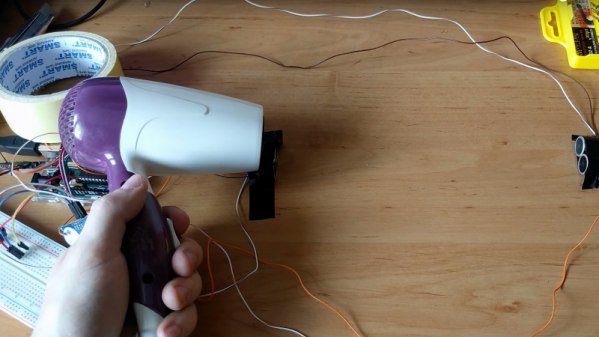Home automation: for me the term recalls rich dudes in the ’80s who could turn off their garage lights with remote-control pads. The stereotype for that era was the more buttons your system had—even non-enabled ones—the more awesome it was, and by extension any luxury remote control had to be three times the size of any TV remote.
And it was a luxury–the hardware was expensive and most people couldn’t justify it. Kind of like the laser-disc player of home improvements. The technology was opaque to casual tinkering, it cost a lot to buy, and also was expensive to install.
The richie-rich stereotypes were reinforced with the technology seen in Bond movies and similar near-future flicks. Everything, even silly things, is motorized, with chrome and concrete everywhere. You, the hero, control everything in the house in the comfort of your acrylic half-dome chair. Kick the motorized blinds, dim the track lighting, and volume up the hi-fi!
This Moonraker-esque notion of home automation turned out to be something of a red herring, because home automation stopped being pretty forever ago; eventually it became available to everyone with a WiFi router in the form of Amazon Echo and Google Nest.
But the precise definition of the term home automation remains elusive. I mean, the essence of it. Let’s break it down.


















